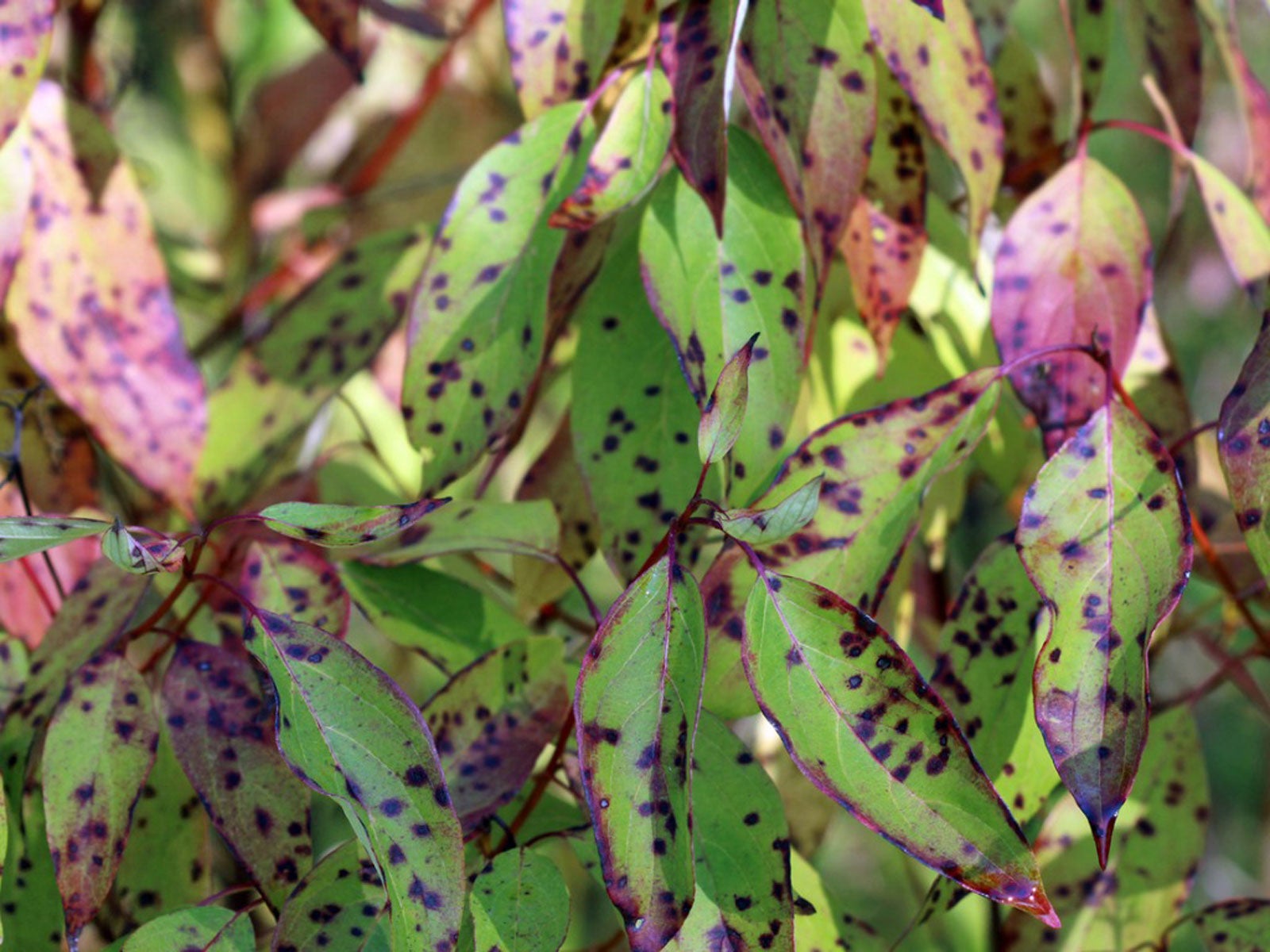Plant Deficiencies: Why Are Leaves Turning Reddish Purple In Color

Nutrient deficiencies in plants are hard to spot and are often misdiagnosed. Plant deficiencies are often encouraged by a number of factors including poor soil, insect damage, too much fertilizer, poor drainage, or disease. When nutrients such as magnesium, calcium, potassium, phosphorus, and nitrogen are lacking, plants respond in a variety of ways—oftentimes in the leaves. Leaf problems in plants that are deficient in nutrients or trace minerals are common and may include stunted growth, drying, and discoloration. Nutritional deficiencies present differently in plants, and a proper diagnosis is critical in order to rectify the problem. One of the most commonly asked questions relates to having a plant with purple leaves or leaves turning reddish-purple in color.
Why Are Plant Leaves Turning Purple?
When you notice a plant with purple leaves rather than the normal green color, it is most likely due to a phosphorus deficiency. All plants need phosphorus (P) in order to create energy, sugars, and nucleic acids. Young plants are more likely to display signs of phosphorus deficiency than older plants. If the soil is cool early in the growing season, a phosphorus deficiency may develop in some plants. The underside of marigold and tomato plant leaves will turn purple with too little phosphorus while other plants will be stunted or turn a dull, dark-green color.
Leaves Turning Reddish Purple in Color
Leaves turning reddish-purple in color is most often seen in corn crops. Corn with a phosphorus deficiency will have narrow, bluish-green leaves that eventually turn reddish-purple. This problem occurs early in the season, often due to cold and wet soil. Corn suffering from a lack of magnesium may also display a yellow streaking between the veins of lower leaves that turn red with time.
Other Causes for a Plant with Purple Leaves
If you have a plant with purple leaves, it may also be due to elevated levels of anthocyanin, which is a purple-colored pigment. This pigment builds up when a plant becomes stressed and normal plant functions are interrupted. This problem can be very hard to diagnose as other factors can cause the pigment buildup such as cool temperatures, disease, and drought.
Sign up for the Gardening Know How newsletter today and receive a free copy of our e-book "How to Grow Delicious Tomatoes".